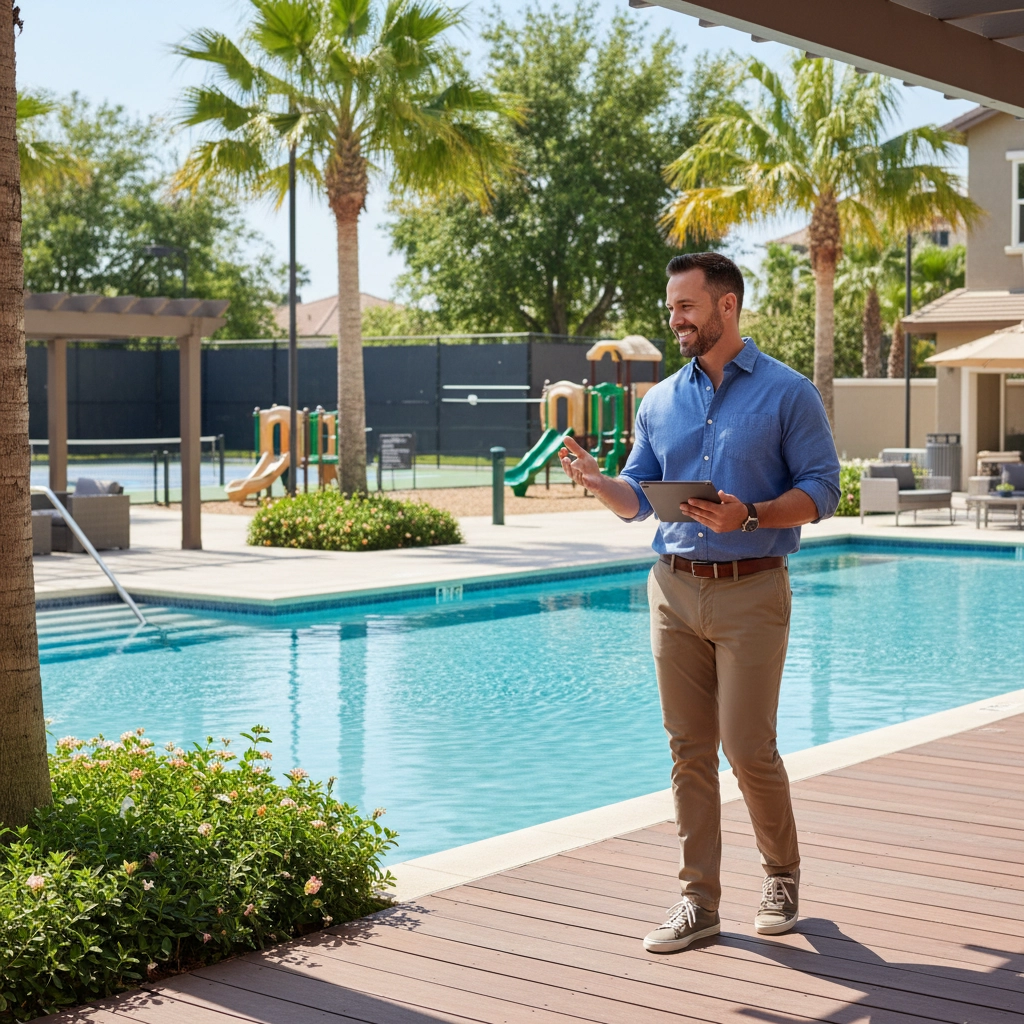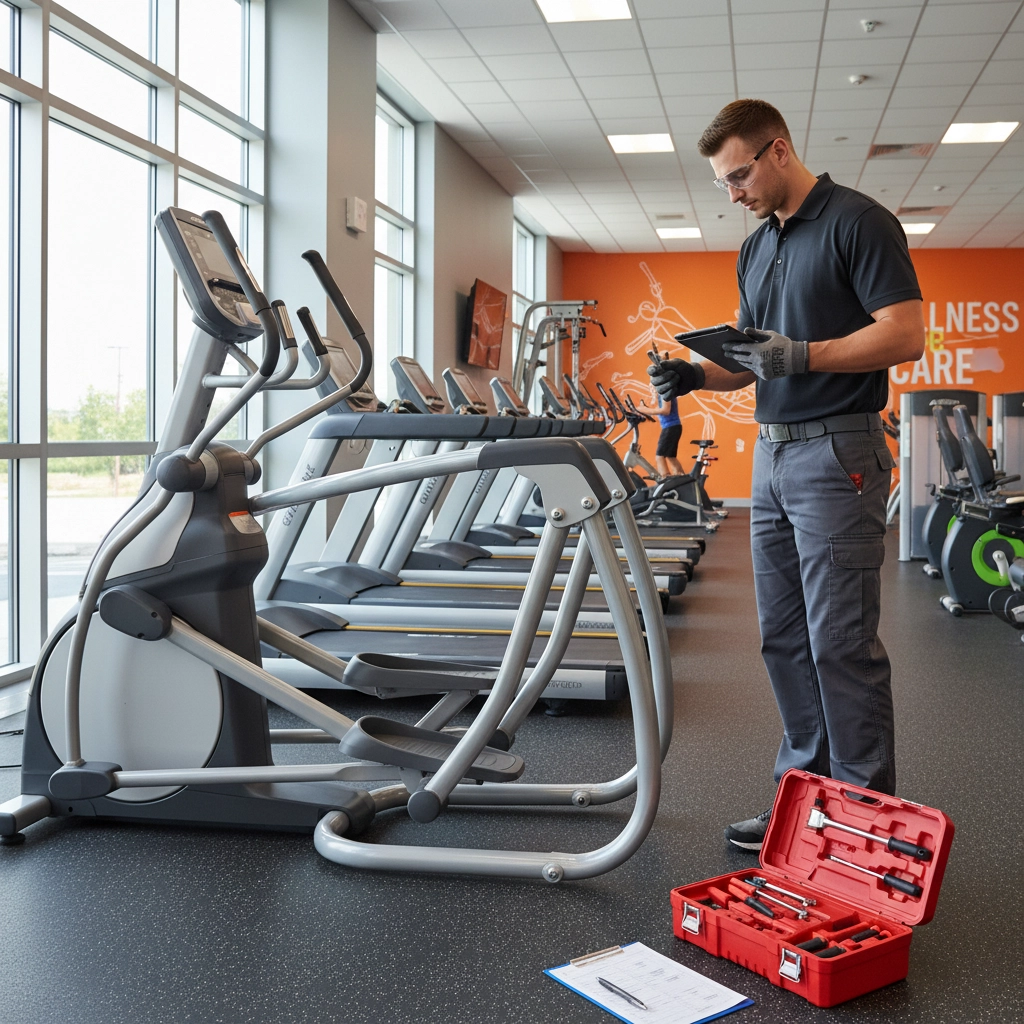7 Mistakes You're Making with Community Amenities (and How to Fix Them)
- luanneberk
- 35 minutes ago
- 4 min read
Community amenities can make or break your HOA's appeal. When done right, they boost property values, create lasting connections between neighbors, and turn your community into a place people actually want to call home. But when done wrong? You're looking at wasted money, frustrated residents, and facilities that sit empty most of the year.
After working with hundreds of communities, we've seen the same mistakes pop up again and again. The good news? They're all fixable. Let's dive into the seven biggest amenity blunders: and how to turn things around.
Mistake #1: Building Without a Clear Vision
Here's a scenario we see all the time: The HOA board decides they need a clubhouse because "every good community has one." Six months and $200,000 later, they've got a generic space that nobody really uses.
The problem: You're building amenities because you think you should, not because they serve a specific purpose for your community.
How to fix it: Start with the why, not the what. Before breaking ground on anything, ask yourself:
What experience do we want to create for residents?
How will this amenity bring our community together?
What specific needs does this address?
Once you've got clear answers, every decision becomes easier. That clubhouse isn't just a building anymore: it's the heart of your community where families celebrate birthdays, neighbors host game nights, and new residents feel welcomed.
Mistake #2: Skipping the Research Phase
Assumption is the enemy of great amenities. Too many communities assume they know what residents want without actually asking them.

The problem: You're making expensive decisions based on guesswork instead of data.
How to fix it: Get scientific about it. Send out surveys, hold focus groups, and look at your demographics closely. Are you mostly young families? Retirees? A mix? Each group has different needs and preferences.
Don't forget to research what's already available in your area. If there are three public tennis courts within a mile, maybe your community doesn't need another one. But if the nearest playground is a 20-minute drive? That's your opportunity.
Mistake #3: Budgeting for Today, Not Tomorrow
This mistake hurts in two ways: communities either blow their budget on fancy initial construction, or they forget that amenities cost money to maintain long after they're built.
The problem: You're not planning for the full lifecycle costs of your amenities.
How to fix it: Use the 80/20 rule when budgeting. Spend 80% of your mental energy on ongoing costs: staffing, maintenance, utilities, insurance: and 20% on the upfront build.
Create a reserve fund specifically for amenity maintenance and replacement. That beautiful pool deck will need resurfacing in 10-15 years. The playground equipment has a lifespan. Plan for these costs from day one, not when they surprise you later.
Mistake #4: Underestimating Staffing Needs
Nothing kills the vibe of a great amenity faster than poor management. We've seen beautiful fitness centers that are always dirty, pools with broken equipment that sits unfixed for months, and event spaces that residents avoid because booking them is a nightmare.
The problem: You're treating amenity management as an afterthought instead of recognizing it as a specialized skill.
How to fix it: If you want your amenities to succeed, invest in proper staffing from the start. This might mean hiring a dedicated amenity manager, contracting with a professional management company, or at minimum, clearly defining roles and expectations for current staff.

Good amenity management isn't just about keeping things clean (though that's important). It's about creating programs, building community engagement, and making sure residents actually use what you've built.
Mistake #5: Inconsistent Rule Enforcement
Picture this: The Johnson family gets a warning for having their kids in the pool after hours, but the Smith family does the same thing next week and nothing happens. Congratulations: you've just created a community relations nightmare.
The problem: Inconsistent rule enforcement creates resentment, favoritism accusations, and ultimately undermines respect for all community guidelines.
How to fix it: Document everything and apply rules uniformly. Create a clear enforcement policy that spells out consequences for various violations. Make sure everyone involved in amenity management understands these policies and follows them consistently.
Consider using technology to help. Digital booking systems, access cards, and security cameras can reduce the need for subjective enforcement decisions.
Mistake #6: No Long-Term Maintenance Strategy
Communities get excited about ribbon-cutting ceremonies but forget that the real work starts after everyone goes home. Without proper maintenance planning, today's crown jewel becomes tomorrow's eyesore.
The problem: You're reactive instead of proactive about maintenance, leading to higher costs and resident complaints.
How to fix it: Create a comprehensive maintenance calendar that covers everything from weekly cleaning schedules to annual equipment inspections. Different amenities need different approaches:
Pools: Daily chemical testing, weekly deep cleaning, seasonal opening/closing
Fitness equipment: Monthly inspections, quarterly professional servicing, annual replacements for high-wear items
Playgrounds: Weekly safety checks, monthly detailed inspections, immediate repairs for any safety issues

Keep detailed records of all maintenance activities. This helps you spot patterns, plan for replacements, and prove due diligence if insurance claims arise.
Mistake #7: Poor Communication and Organization
The left hand doesn't know what the right hand is doing. Residents don't know about new programs. Staff aren't clear on their responsibilities. Board meetings turn into chaos when amenity topics come up.
The problem: Lack of clear communication channels and organizational structure makes everything harder than it needs to be.
How to fix it: Establish clear lines of communication both internally and with residents. Create standard processes for:
Reporting maintenance issues
Booking amenity spaces
Communicating policy changes
Handling resident complaints
Use multiple communication channels to reach residents: email newsletters, community boards, social media groups, and your HOA website. Different people prefer different ways of receiving information.
Turning Your Amenities Around
Here's the truth: every one of these mistakes is fixable, even if you're dealing with them right now. Start with the biggest pain point in your community and work from there.
Maybe that means conducting a resident survey to finally understand what people actually want. Maybe it's creating a proper maintenance schedule for your neglected facilities. Or maybe it's simply establishing clear, consistent rules that everyone can follow.
The communities that get amenities right don't just have nicer facilities: they have stronger property values, happier residents, and the kind of community spirit that makes people want to stay for decades.
Ready to transform your community amenities from money pits into community assets? Visit our website to learn how Play Academy can help you create recreational programming that residents actually love and use.

Comments